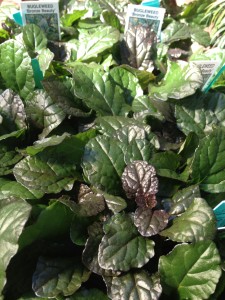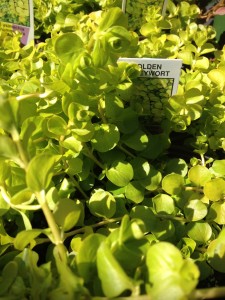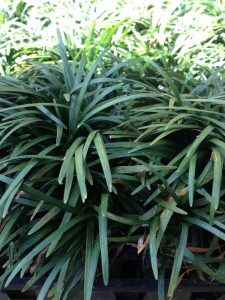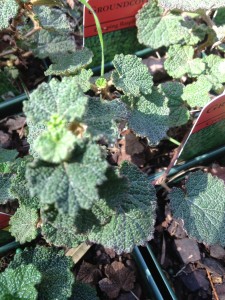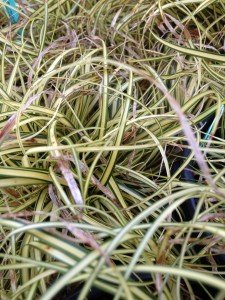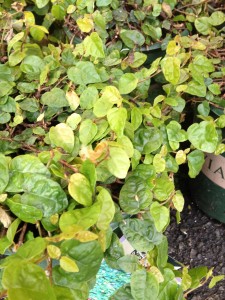Finding flowers that will perform in Birmingham’s brutal summer heat and humidity is an ongoing challenge. Fortunately, we’ve found many that will do well…and thrive if given the right care. In a post from last summer, I highlighted a few summer annuals, and here’s an update.
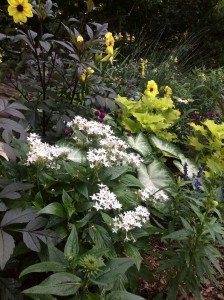
A white penta in the garden…
Have you tried pentas? They are flower dynamos and butterfly magnets. I make sure to add them to my garden each year, knowing that, come the dog days of August, they’ll be hitting their stride. All they ask for is periodic deadheading to keep blooms coming and supplemental water if we go through summer dry spells. Available in a wide range of colors – white, red, pinks and lavenders – they add a rounded, star-cluster flower form to the garden.
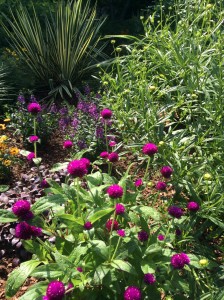
Tall purple gomphrena
In last year’s post I highlighted gomphrena, and it’s getting an encore mention this year because I like it so much. The tall ones are my favorite, though they’ve been hard to come by this year. I’ve finally been able to find a tall purple one, though, and will be putting it in planters and recommending it to everyone for sunny, hot spots in the garden. The tall stems with rounded globe-like flowers, like the pentas, add another interesting flower shape to any flower bed.
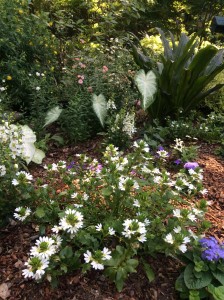
Fanflower…
Finally, here are two low-growing plants that can be used to spill out of containers or as a groundcover in garden beds. First, one I use all the time in containers and in the ground is scaevola, or fan flower (See the “fans”?). You’ve probably seen the blue/purple selections, but there is also a white form shown here, as well as pink, a purple and white, and a yellow.
It’s interesting fan-shaped flowers are held on stems that in containers get quite long. Because of this, it will benefit from being cut back at times through the summer. You can either cut the whole plant back when it gets leggy, or you might choose to just cut a few of the longest stems back here and there. This won’t hurt it at all, so don’t be afraid to do this!
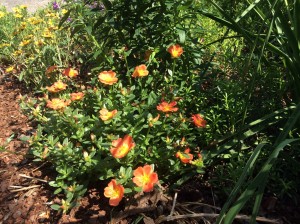
Purslane, just beginning to bloom…
Last, but definitely not least, as far as heat tolerance and toughness, and loved by honeybees too, is purslane. This little flowering succulent has been improved upon by hybridizers over the years. These improved varieties offer vivid colors from white to many shades of oranges, pinks, and reds. The flowers will close in the late afternoon, but do they make up for it the rest of the day!
New varieties have larger blooms on heat and drought tolerant plants, making them a definite winner in my book. Try them either mixed with other succulents in a container, trailing from a hanging basket, or in the ground, perhaps along a hot sidewalk or driveway.
So, while we struggle through the summer heat and humidity of the south, it’s nice to know our gardens and containers don’t have to. It’s all in finding the right plants for your tough spots and knowing what to do to keep them looking their best!

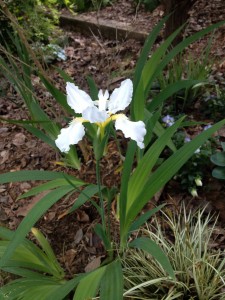
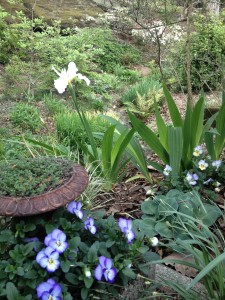
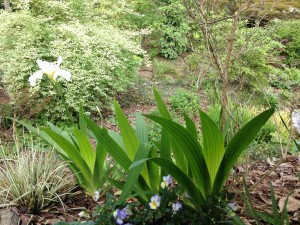
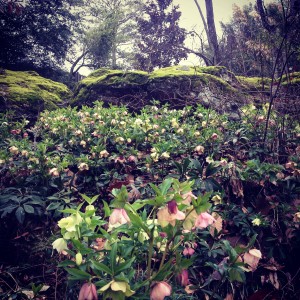
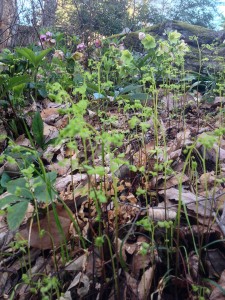
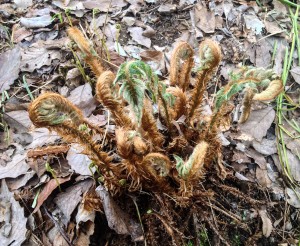
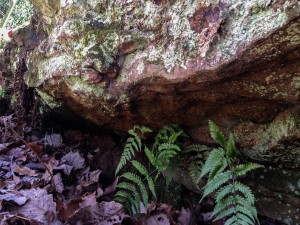
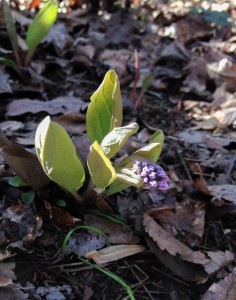
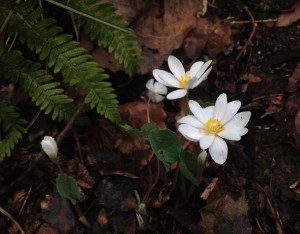

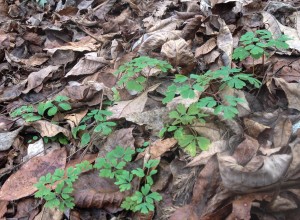


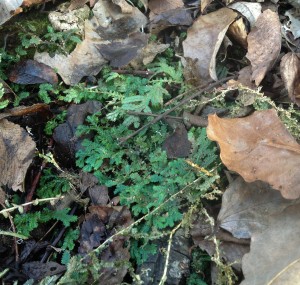


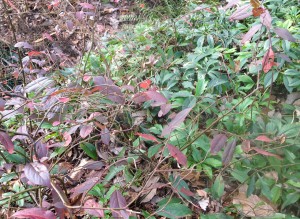 Above the water but spreading down the slope toward it, is a planting of Virginia sweetspire, Itea virginica ‘Henry’s Garnet’ , still holding the garnet colored fall foliage of its name. Underneath this spreading, suckering, shrub is another common evergreen perennial groundcover, the reliable Lenten roses, helleborus orientalis.
Above the water but spreading down the slope toward it, is a planting of Virginia sweetspire, Itea virginica ‘Henry’s Garnet’ , still holding the garnet colored fall foliage of its name. Underneath this spreading, suckering, shrub is another common evergreen perennial groundcover, the reliable Lenten roses, helleborus orientalis.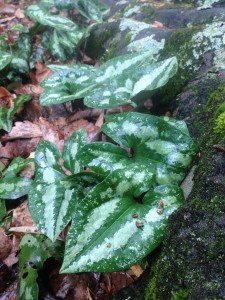
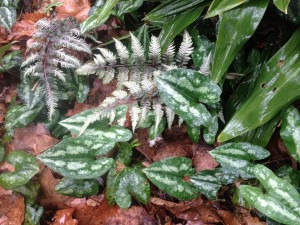
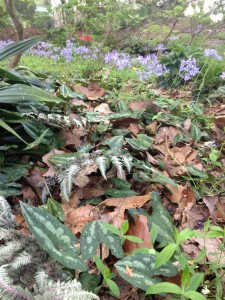 We have a small amount of this ginger available now, and many perennial ferns are in stock too, including the Japanese painted ferns shown here…truly beautiful additions to any garden.
We have a small amount of this ginger available now, and many perennial ferns are in stock too, including the Japanese painted ferns shown here…truly beautiful additions to any garden.

